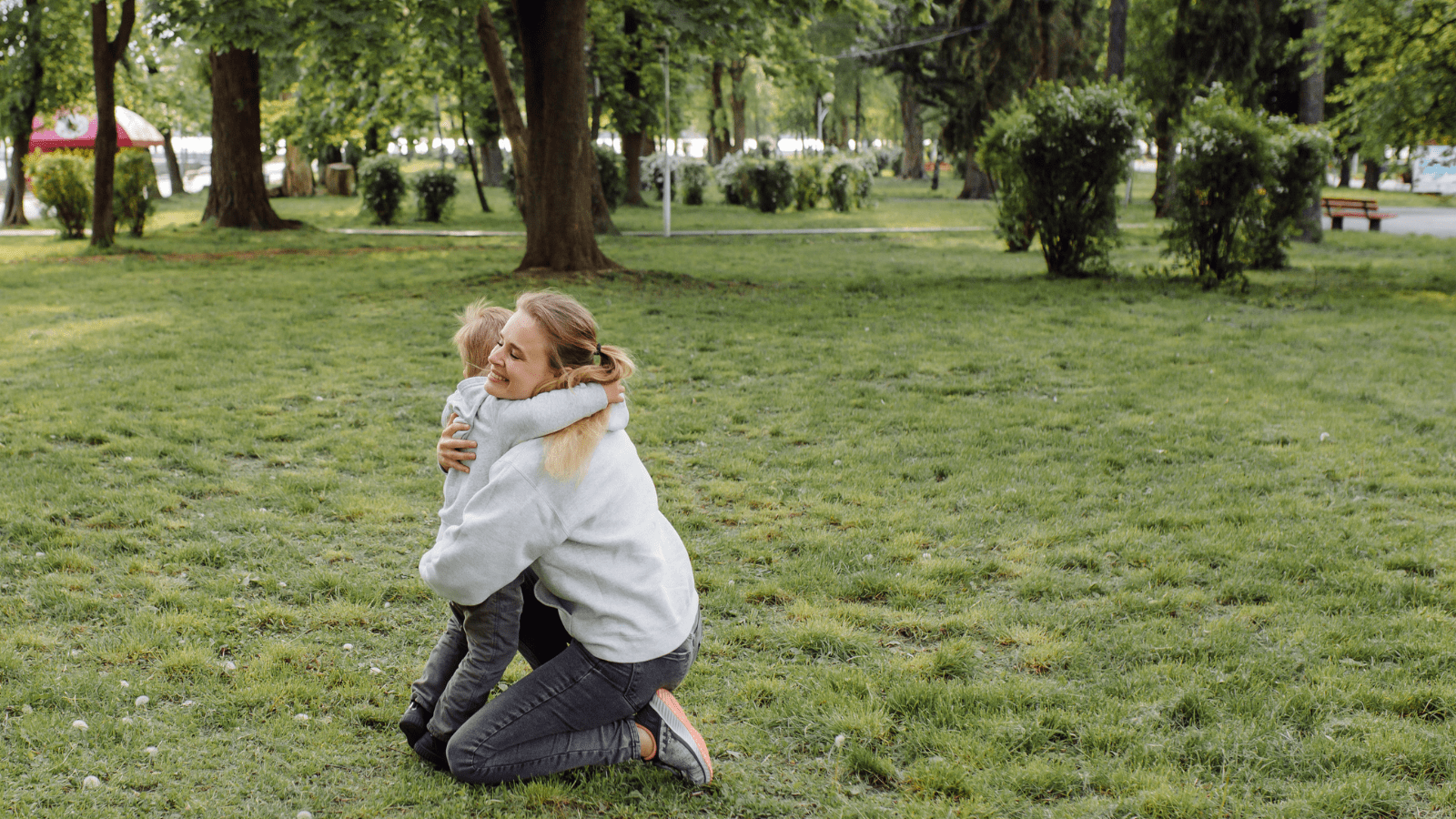Better indoor air quality, proximity to natural spaces, healthy diets, and strong social relationships are associated with reduced inflammation in childhood, according to a new ATHLETE study. The findings, published in Environment International, offer new insights into how early-life environmental exposures shape immune function and overall health.

"We investigated how a wide range of pre- and postnatal environmental exposures influence immune function in children and how those immune profiles relate to their cardiometabolic, respiratory/allergic, and neurodevelopmental health," explains Léa Maitre, coordinator of the Exposome Hub at ISGlobal and last author of the study.
The health impacts of early-life environments
Researchers at the Barcelona Institute for Global Health (ISGlobal) in collaboration with INSERM – Université Grenoble Alpes examined 91 different environmental exposures occurring during pregnancy and childhood. These were grouped into 13 exposure families, including outdoor exposures, indoor exposures, lifestyle factors, and socioeconomic indicators.
"To assess immune health, we analysed blood samples from each child using three biological layers: white blood cell composition, plasma protein concentrations, and genome-wide DNA methylation of white blood cells," says Ines Amine, researcher at INSERM – Grenoble Alpes University and first author of the study.
Advanced statistical models were used to identify immune signatures—patterns in the immune system—that were associated with a composite health score combining respiratory, metabolic, and cognitive outcomes.
Driving better immune health
The study found three types of immune signatures in children that were linked to better overall health. Two were based on proteins in the blood and showed lower levels of inflammation. The third pattern was based on white blood cells and showed a more balanced and well-regulated immune system.
These beneficial immune signatures were linked to specific environmental exposures during childhood: better indoor air quality, proximity to blue spaces, e.g. lakes, rivers, coastlines, healthier dietary patterns and higher levels of social capital, e.g.social engagement, family and community support.
"Our findings emphasise the important role that environmental factors play in child immune and overall health," concludes Léa Maitre. "Improving indoor air quality, supporting healthy diets, preserving access to natural spaces, and strengthening community support systems are actionable strategies that can promote better health in children."